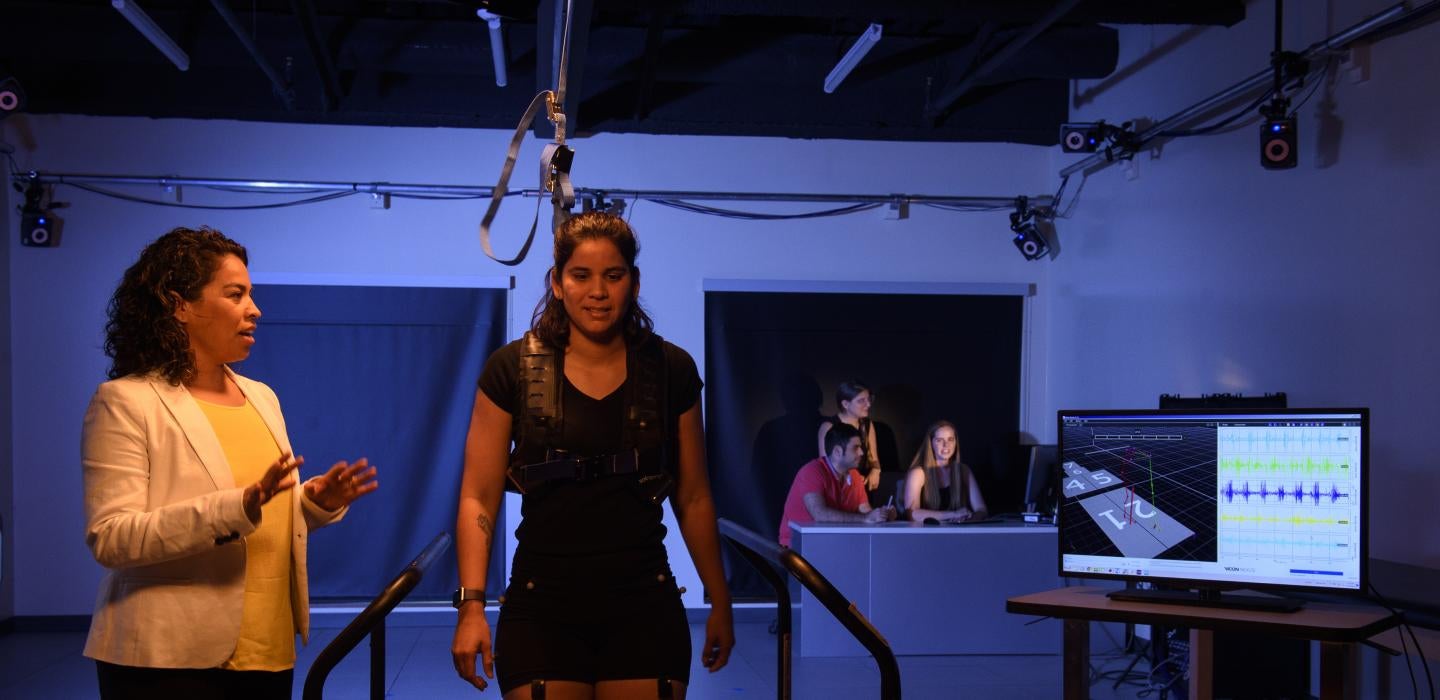
Subscribe to Pittwire Today
Get the most interesting and important stories from the University of Pittsburgh.Anantha Shekhar, senior vice chancellor for the health sciences and John and Gertrude Petersen Dean of the School of Medicine, recently announced a new Office of Emerging Technologies in Health Sciences Education, which will advance and enrich interprofessional learning in the health sciences through embracing new technologies from across and beyond the institution.
“Pitt is unique in having six highly-ranked schools of the health sciences, as well as experts in immersive technology and education innovation,” said Shekhar. “It’s time we had an official office to help guide the strategic integration of multiple diverse digital technology learning initiatives across Pitt health sciences.”
The office will be led by Chris O’Donnell, associate vice chancellor for emerging technologies in health sciences education and professor of medicine, who most recently served as the chief operating officer for Pitt’s COVID-19 Medical Response Office. O’Donnell said the idea for the office originated from conversations with Shekhar and senior leadership.
Goals for the office include making the future of Pitt health sciences education more integrated, accessible and equitable.
“It’s about collaborating and networking, finding what’s out there, connecting what’s going on across silos, making things happen between upper and lower campus, generating new business opportunities and scaling technologies and programs that are successful,” O’Donnell said.
He will lead a team that includes director of operations Kate Brownlee, director of business development Martha Jurczak and administrator Katie Nauman. The team will maintain their current roles and responsibilities in addition to this new project. Work underway has so far included meeting with stakeholders in the emerging technology landscape at Pitt.
“Technology is changing at an incredible rate. We don’t know where we’ll be a year from now,” said O’Donnell. “With the focus on interprofessional education between Pitt’s six schools of the health sciences, we really feel that we have a lot to offer. This is going to extend to others outside our campus.”
Major projects anticipated in the near future include reviewing a competitive landscape analysis of peer institutions using immersive technology, spurred by faculty in the School of Computing and Information; pursuing external grants and business development opportunities; integrating diversity, equity and inclusion with technology in interprofessional health science educational opportunities, like practicing having difficult conversations or navigating difficult situations with patients; establishing an oversight committee, advisory groups and more.
On the horizon are meetings with the deans of the schools of the health sciences to talk about distance education initiatives and supporting curriculum development. The Laboratory for Educational Technology in the School of Medicine will be a key partner.
“I believe we’re more poised for this collaboration than we’ve ever been,” said Sandra E. Brandon, strategic research liaison for Pitt IT, who will work closely with the new team. “We have all this work going on in silos. The more we can join our efforts and talents, the more we’ll be able to get done.”
“We’re learning more every day about where we can add value and support to the people on the ground making things happen in the space of immersive technology and interprofessional education in Pitt health sciences,” said O’Donnell. “It’s one of the most exciting projects I’ve ever been a part of.”
Explore the six schools
Learn more about Pitt’s six schools of the health sciences — the Graduate School of Public Health, School of Dental Medicine, School of Health and Rehabilitation Sciences, School of Medicine, School of Nursing and School of Pharmacy.


